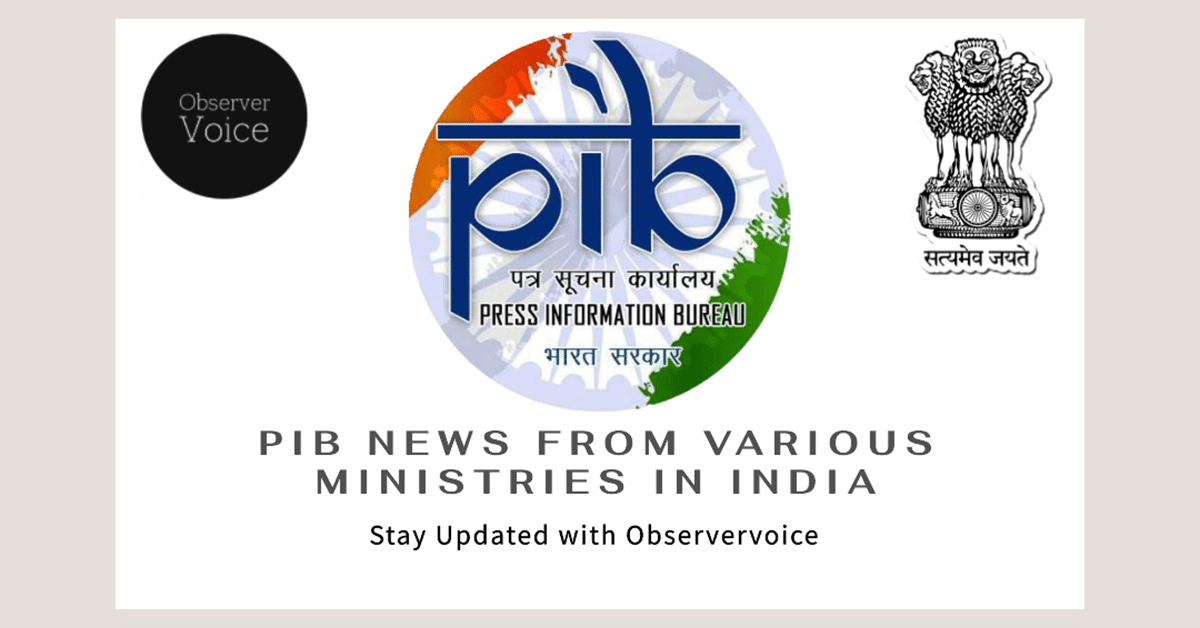Cold Chain Projects Boost Food Processing in India

The Indian government has made significant strides in enhancing its cold chain infrastructure through the Integrated Cold Chain and Value Addition Infrastructure scheme. This initiative, part of the Pradhan Mantri Kisan Sampada Yojana (PMKSY), aims to reduce food wastage and improve the efficiency of food processing. As of October 31, 2024, a total of 399 cold chain projects have been approved since the scheme’s inception in 2008. Out of these, 284 projects are now operational, marking a substantial achievement in the country’s food processing sector.
Overview of the Cold Chain Scheme
The Cold Chain scheme is designed to be demand-driven. It invites proposals from various stakeholders, including small farmers, farmer producer organizations (FPOs), non-governmental organizations (NGOs), and private firms. The Ministry of Food Processing Industries regularly publishes Expressions of Interest (EoIs) on its website to attract applicants. This approach ensures that even remote and difficult areas can benefit from the scheme, thereby promoting inclusivity in food processing.
Since its launch, the scheme has disbursed approximately ₹2,366.85 crore in grants and subsidies to project implementing agencies. This financial support is crucial for establishing and maintaining cold chain facilities, which are essential for preserving perishable goods. The scheme not only aids in reducing food spoilage but also enhances the overall quality of food products available in the market.
Impact on Food Processing and Farmers
The successful implementation of cold chain projects has had a positive impact on the food processing industry and farmers across India. By ensuring that perishable goods are stored and transported under optimal conditions, the cold chain infrastructure helps maintain the freshness and quality of food products. This is particularly important for fruits, vegetables, dairy, and meat products, which are highly susceptible to spoilage.
Farmers benefit directly from this scheme as it allows them to access larger markets. With improved storage and transportation facilities, they can sell their products at better prices, reducing the risk of losses due to spoilage. Additionally, the cold chain infrastructure creates job opportunities in rural areas, contributing to economic development and improving livelihoods.
State-wise Distribution of Grants
The distribution of grants under the Cold Chain scheme varies across states, reflecting regional needs and capacities. For instance, Maharashtra has received the highest amount of grants, totaling ₹431.62 crore, followed by Uttar Pradesh with ₹179.68 crore and Andhra Pradesh with ₹213.97 crore. Other states like Gujarat and Haryana have also received significant funding, amounting to ₹186.43 crore and ₹122.14 crore, respectively.
Conversely, some states have not yet benefited from the scheme, such as Goa, Jharkhand, and several northeastern states. This disparity highlights the need for targeted efforts to ensure that all regions, especially those with less developed infrastructure, can take advantage of the cold chain initiative. The government aims to bridge this gap by promoting awareness and encouraging proposals from underrepresented areas.
Observer Voice is the one stop site for National, International news, Sports, Editor’s Choice, Art/culture contents, Quotes and much more. We also cover historical contents. Historical contents includes World History, Indian History, and what happened today. The website also covers Entertainment across the India and World.

